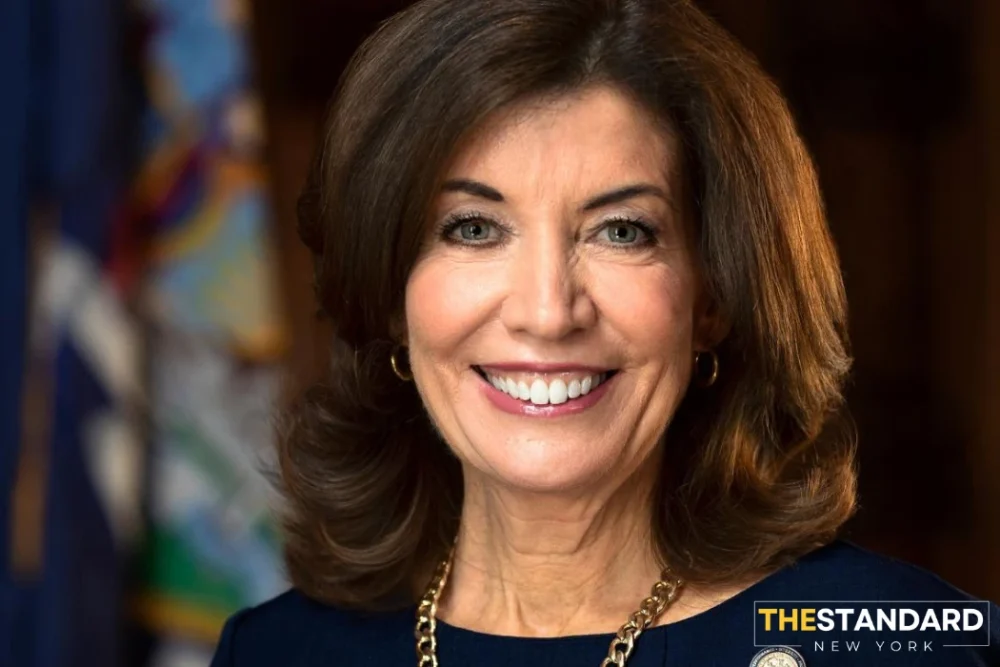The Centers for Disease Control and Prevention (CDC) released its most recent report on autism prevalence on April 17, 2025, highlighting a significant rise in autism spectrum disorder (ASD) diagnoses among U.S. children. According to the new data, approximately 1 in 31 children aged 8 (about 3.2%) are now diagnosed with ASD. This represents an increase from the previous estimate of 1 in 36 (2.7%) recorded in 2020.
This information comes from the CDC’s Autism and Developmental Disabilities Monitoring (ADDM) Network, which monitors ASD diagnoses among children aged 4 and 8 across 16 sites nationwide. The data, derived from health and educational records, highlights the rising prevalence of autism, which has steadily climbed from 1 in 150 in the early 2000s to 1 in 44 in 2018, and now to 1 in 31 in 2022.
If you’re a new parent and hearing that autism rates are on the rise, it can feel overwhelming. But why is this happening? Here are several key factors:
- People Know More About Autism Now: Years ago, many people didn’t understand autism. It was often mistaken for behavioral issues or just being “different.” Today, doctors, teachers, and parents are much more aware of what autism looks like, so they’re quicker to notice signs and seek evaluations.
- Autism Definitions Are Broader: Autism is a spectrum. That means it can look different from child to child. Years ago, kids with mild symptoms might not have been diagnosed. Today, even children with milder forms of autism are being identified because doctors now recognize a wider range of behaviors based on the spectrum.
- More Families Are Getting Help: Thanks to better funding and changes in healthcare policies, more kids, especially those in low-income or minority communities, are being evaluated and diagnosed. Some states have made screening for autism part of regular healthcare check-ups, so more families are getting answers earlier.
- Focus on Communities That Were Overlooked: In the past, minority and lower-income families usually didn’t get the same level of medical attention. As awareness grew, programs started focusing on these communities, leading to a rise in diagnoses.
- Better Data Means More Accurate Numbers: The CDC now gathers information from both health and educational records, which gives a clearer picture of how many kids have autism.
- Public Health Programs Encourage Early Checks: Programs like the CDC’s “Learn the Signs. Act Early.” teach parents to pay attention to developmental milestones, like talking and socializing. These programs help parents know what to look for and when to ask a pediatrician for advice.
To be clear, the rise in autism diagnoses doesn’t mean that more kids are suddenly becoming autistic. It means we’re better at spotting it and more willing to talk about it. While this is a positive shift, it also means families need more support and services to help their children.
About The Data
The data shows that boys are significantly more likely to be diagnosed with ASD than girls, with a male-to-female ratio of 3.4 to 1 (49.2 per 1,000 boys versus 14.3 per 1,000 girls). The report also reveals racial and ethnic disparities in diagnosis. The prevalence is higher among Asian/Pacific Islander (38.2 per 1,000), American Indian/Alaska Native (37.5 per 1,000), and Black (36.6 per 1,000) children compared to White children (27.7 per 1,000).
The prevalence of autism varies significantly across states. For instance, Texas (Laredo) has the lowest prevalence at 9.7 per 1,000 children, while California records the highest at 53.1 per 1,000. Such differences reflect the impact of local healthcare access, screening initiatives, and other factors that we may not be privy to.
Celebrity and Educator Perspectives
Amid the rising statistics, personal stories bring a human component to these numbers. Several people have shared their experiences raising children with autism, helping to reduce stigma and promote understanding.
Rapper Fat Joe recently opened up about his son Joey’s autism diagnosis, saying, “He’s our biggest blessing because we treat him the way we do because we never gave up on him” (People). Similarly, Rosie O’Donnell discussed how a service dog transformed the life of her child Clay, who is non-binary and autistic. O’Donnell emphasized the importance of tailored support, saying, “Kuma, the service dog, changed their life completely” (People).
Teachers also play a pivotal role in supporting autistic students. Dr. Temple Grandin, a prominent advocate and academic with autism, said, “The role of a teacher is to ignite a spark in a student’s mind, but you have to know what kind of spark you’re dealing with” (Ensora Health). Many educators are now adapting their classrooms to foster inclusivity, implementing sensory-friendly spaces and individualized learning strategies to support neurodiverse students.
Still More Challenges
Despite advancements, challenges remain. Early identification is still inconsistent, with children from lower-income or socially vulnerable areas often facing delayed diagnoses and limited access to support services. Addressing these disparities requires increasing accessibility, more funding, especially in these daunting times of federal cutbacks, culturally sensitive tools, and updated policies via legislative support.
Policymakers, healthcare providers, and community organizations must work together to ensure that all children have access to early diagnosis, intervention, and continued support, regardless of their background.
In Los Angeles, educators like Ms. Carla Rivera, a special education teacher, highlight the importance of collaboration between parents and schools. “When parents, teachers, and healthcare providers work together, we see real progress,” she shares. “We’ve implemented sensory-friendly spaces and daily communication logs to keep parents in the loop.”
Similarly, support groups are forming nationwide to help parents navigate the complexities of raising children with autism. As Rosie O’Donnell shared, “It takes a village, but that village must be understanding and inclusive.”





